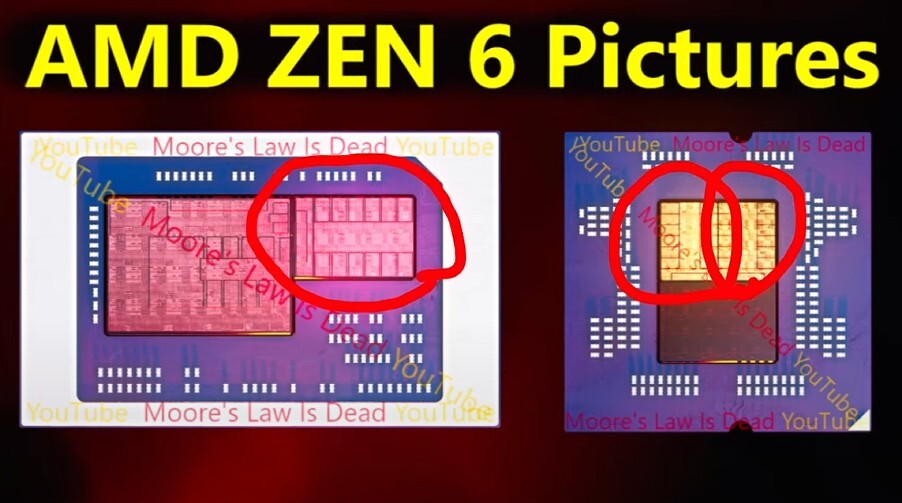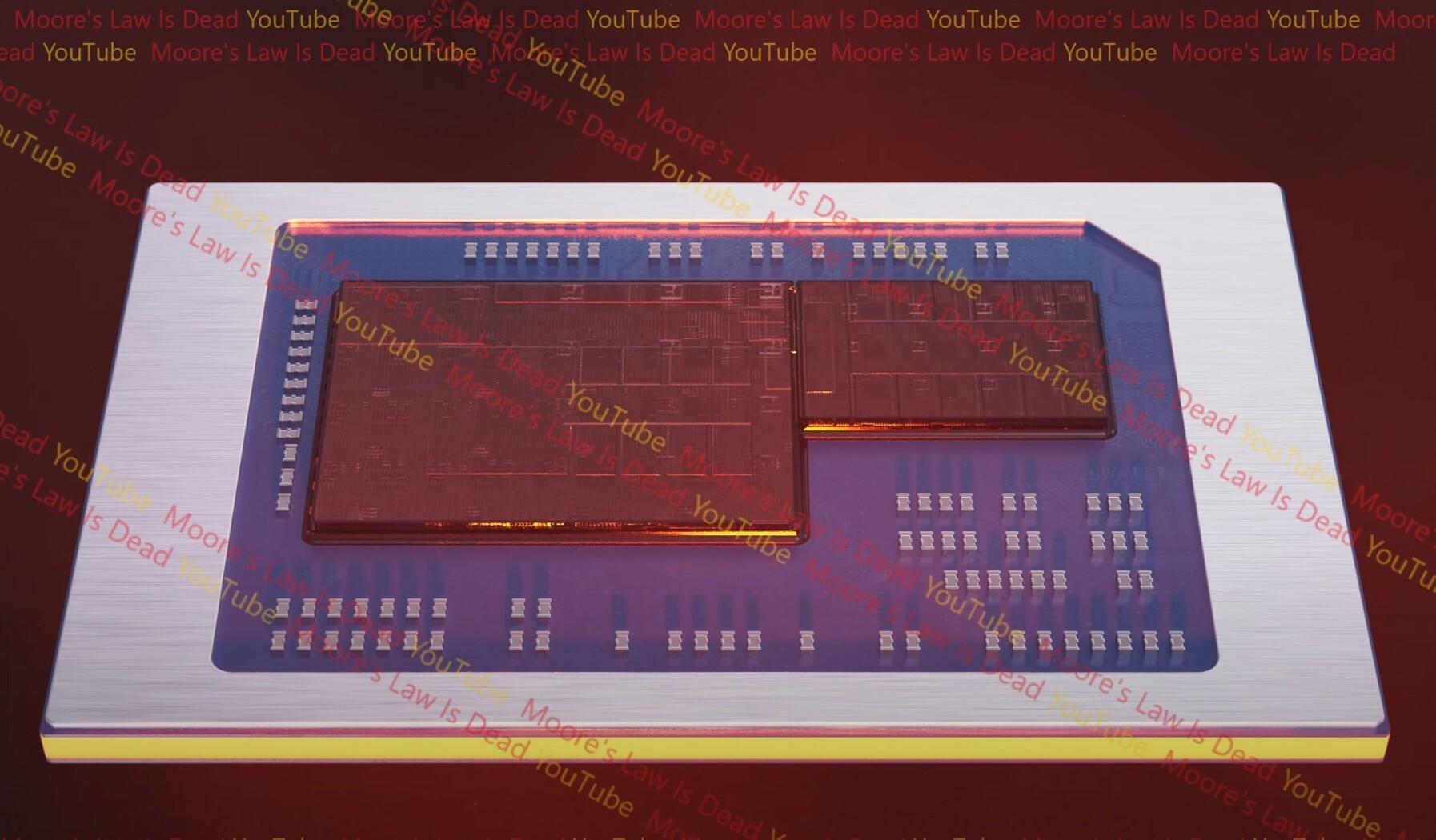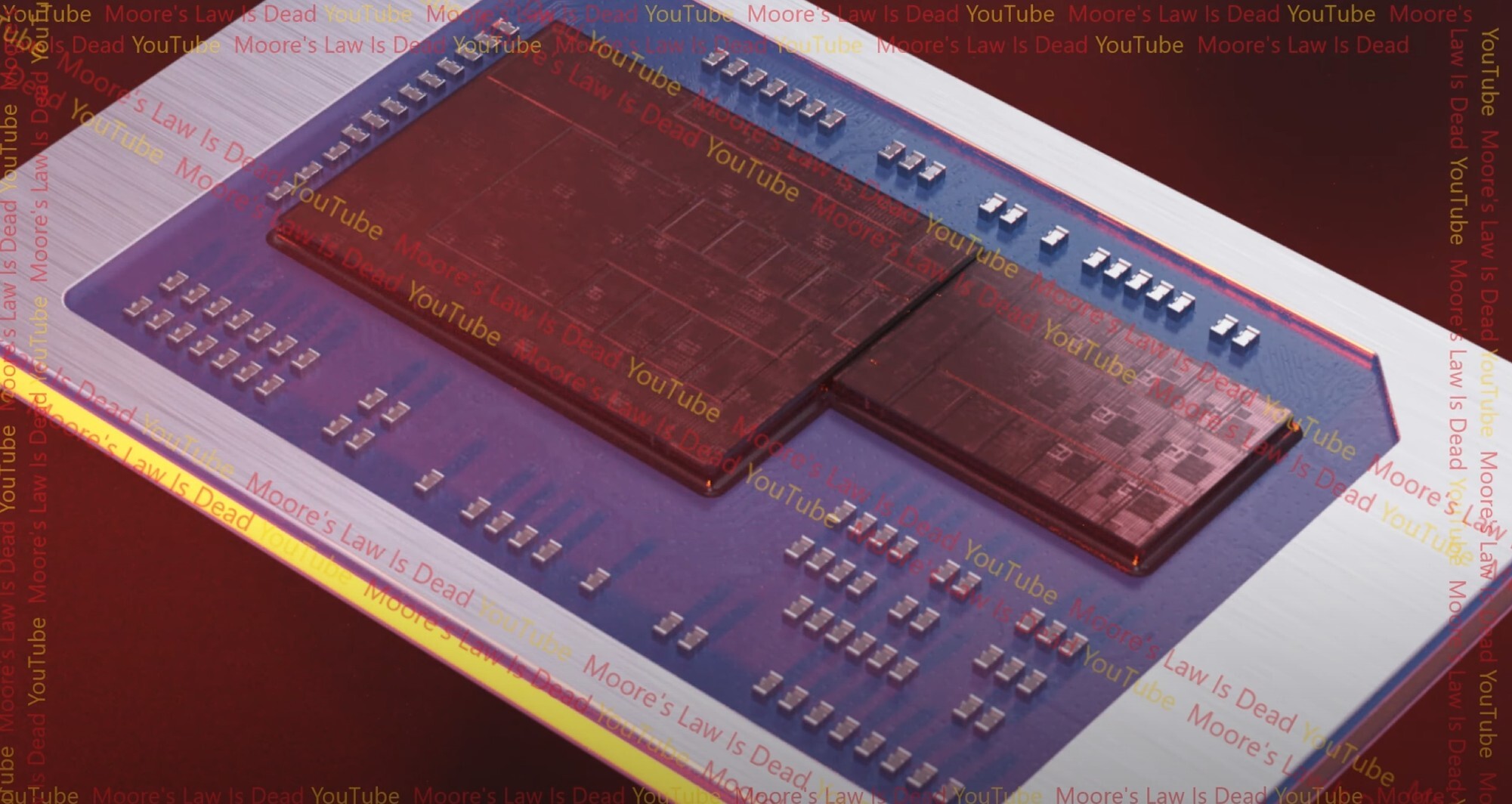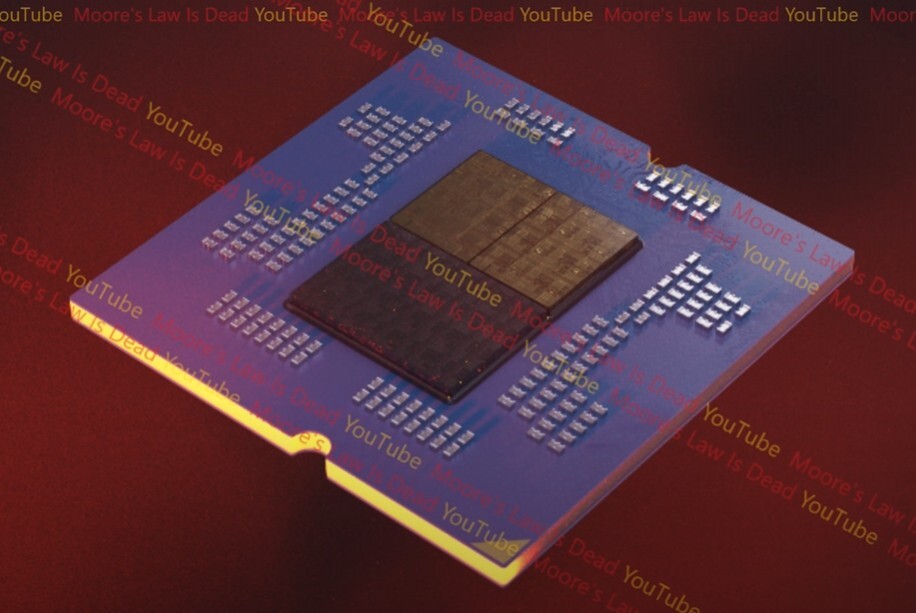AMD's Next-Generation Processors
According to a recent report by Moore's Law is Dead, AMD is preparing to launch two significant processors for client segments based on the upcoming "Zen 6" microarchitecture. These processors are the "Medusa Point" mobile processor and the "Olympic Ridge" desktop processor. The former is a BGA similar in size to the current "Strix Point," while the latter is designed for the existing Socket AM5, making it the third microarchitecture to do so. The new CPU complex die (CCD) at the heart of this effort will be used across AMD's client and server lineup.
The "Zen 6" performance CCD is being developed for a 3 nm-class node, likely the TSMC N3E, promising improvements in transistor density, power, and clock speed over the current TSMC N4P node used for the "Zen 5" CCD. The CCD will feature twelve full-sized "Zen 6" cores, the first increase in core counts for AMD's performance cores since the initial "Zen" CCD. These cores will be part of a single CPU core complex (CCX) with a shared L3 cache, potentially increasing the cache size to 48 MB. AMD also plans to enhance communication between CCDs and the I/O die.
The "Medusa Point" mobile processor will be chiplet-based, utilizing a 12-core "Zen 6" chiplet with an updated iGPU powered by the RDNA 4 graphics architecture. The processor will include memory controllers and an updated NPU on a mobile client I/O die built on an older node. Variants of "Medusa Point" with 3D V-Cache are expected, similar to the "Olympic Ridge" desktop processor.
With "Olympic Ridge" potentially reaching up to 24 cores with two CCDs and an inter-CCD bridge interconnect for cache coherency, AMD will require a new client I/O die for desktop. The new cIOD is anticipated to be built on the Samsung 4LPP foundry node, offering improvements over the current cIOD. AMD will focus on updating memory controllers to support higher DDR5 memory speeds using technologies like CKD.
Additionally, the new cIOD will provide AMD with the opportunity to implement a 50 TOPS-class XDNA 2 NPU for AI acceleration, potentially surpassing Intel's current offerings.



